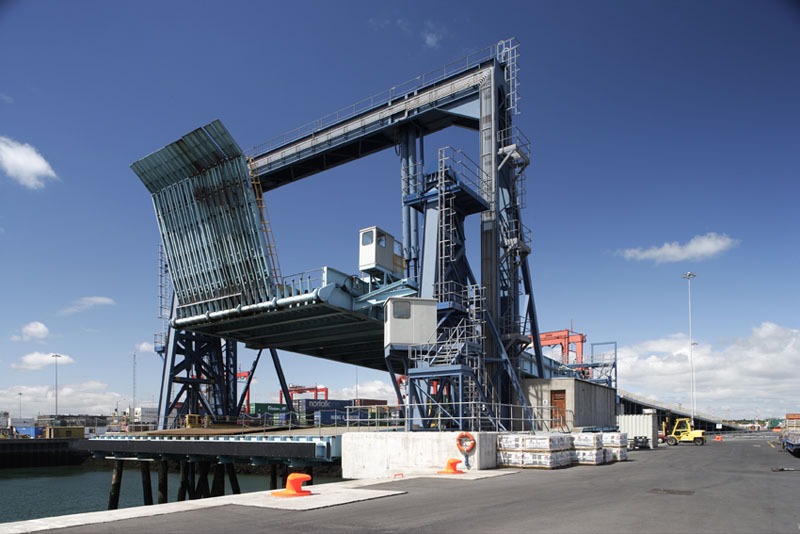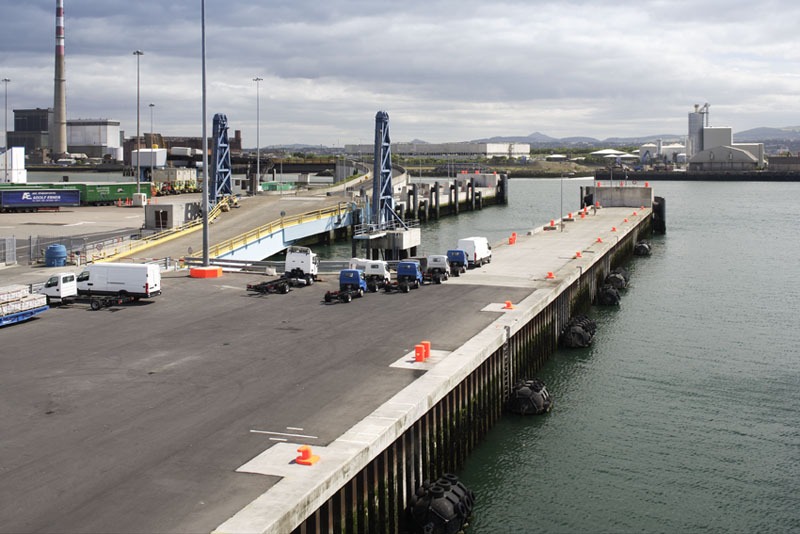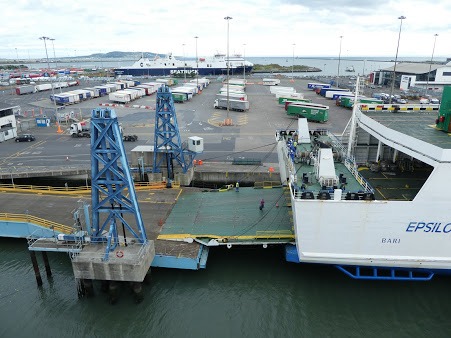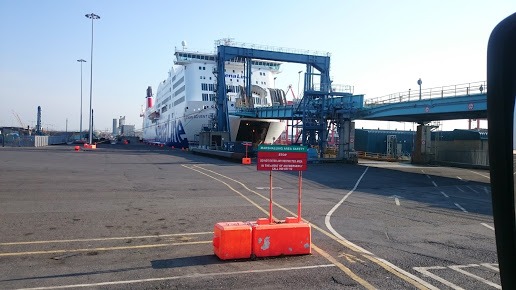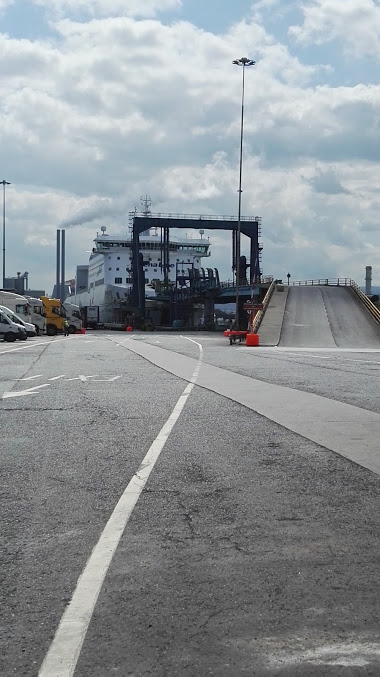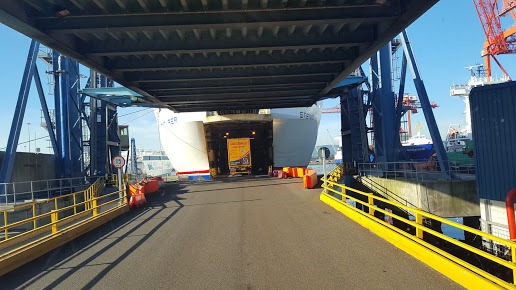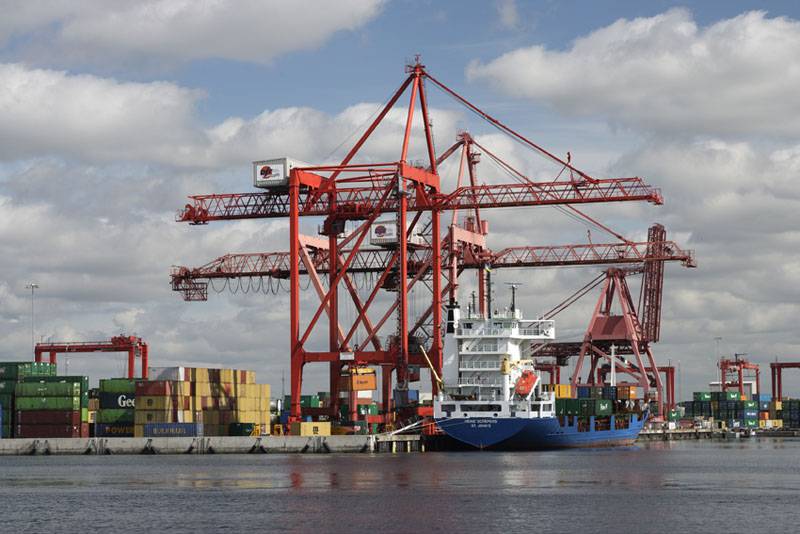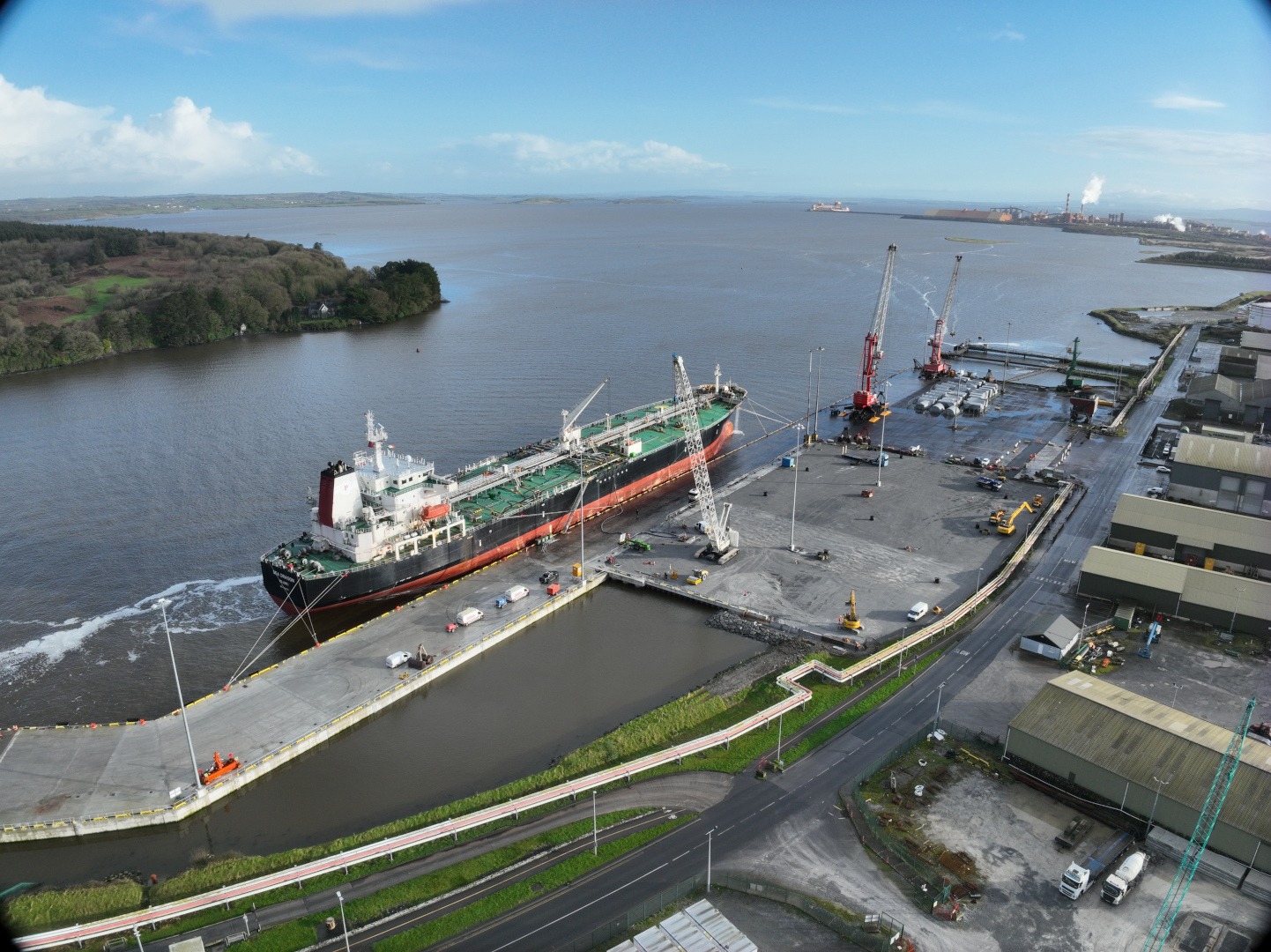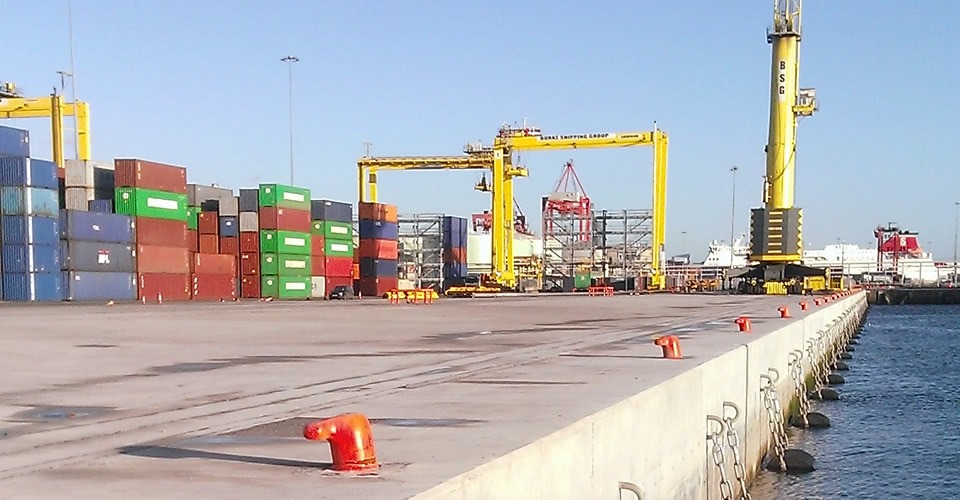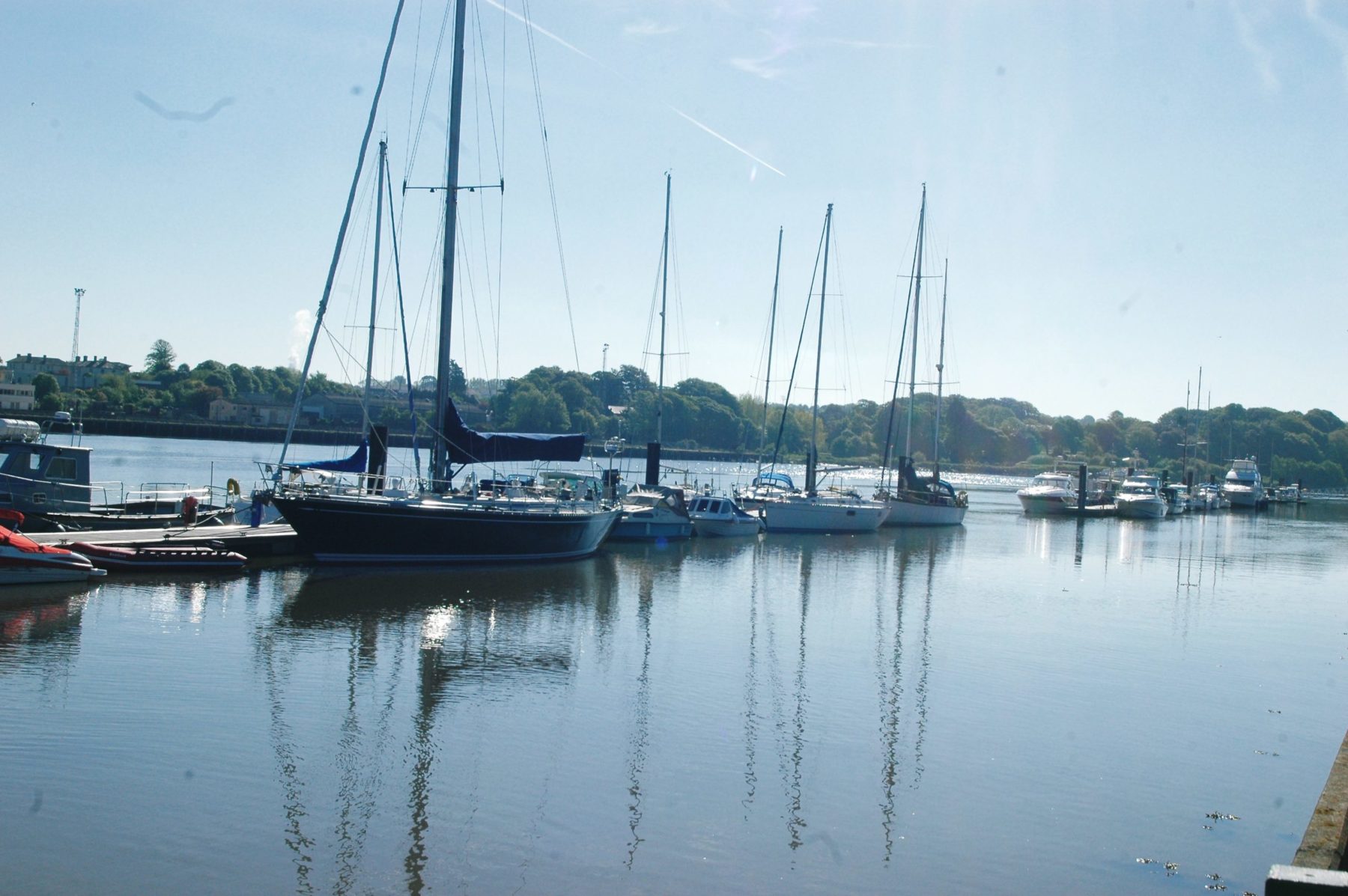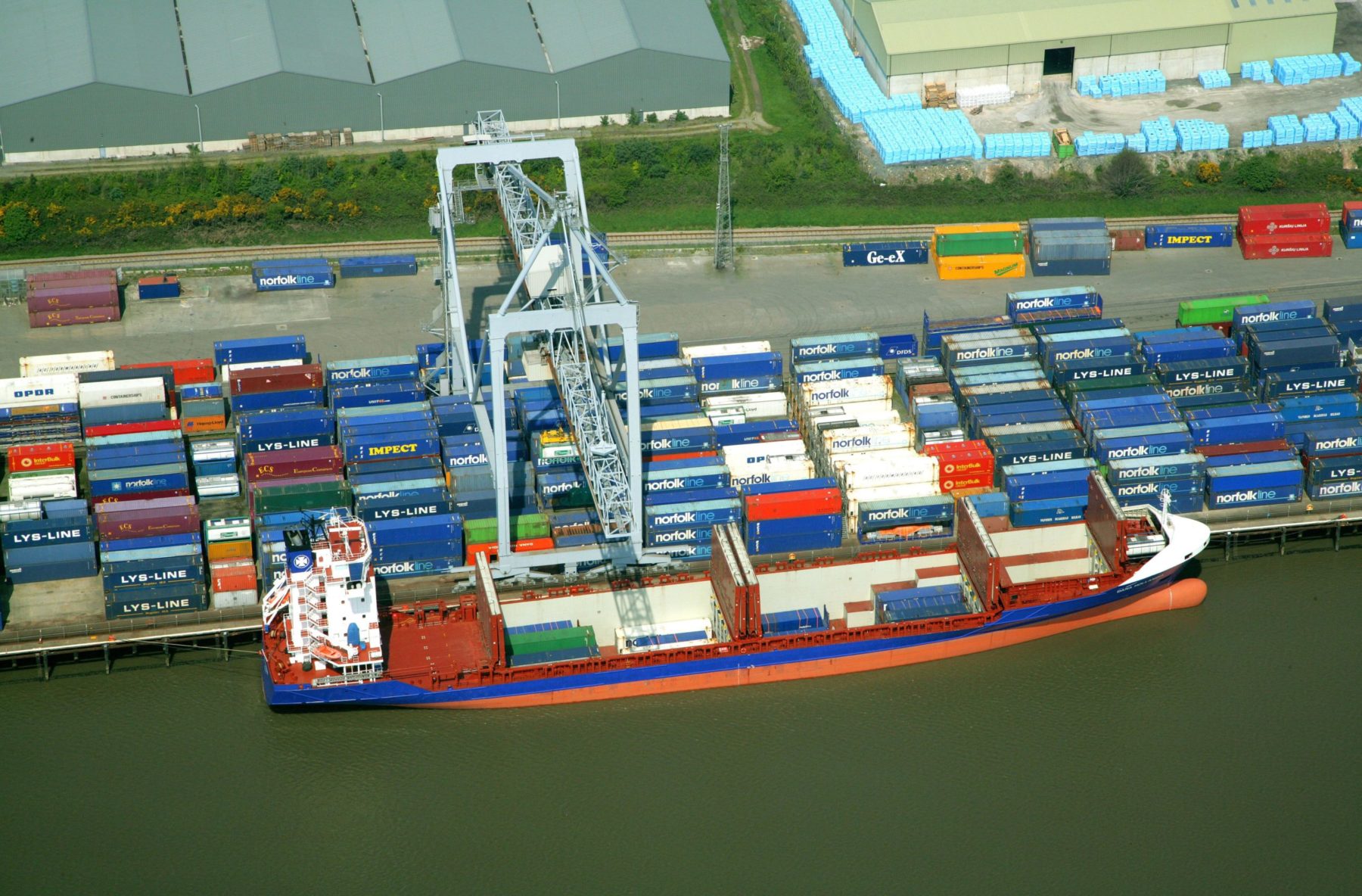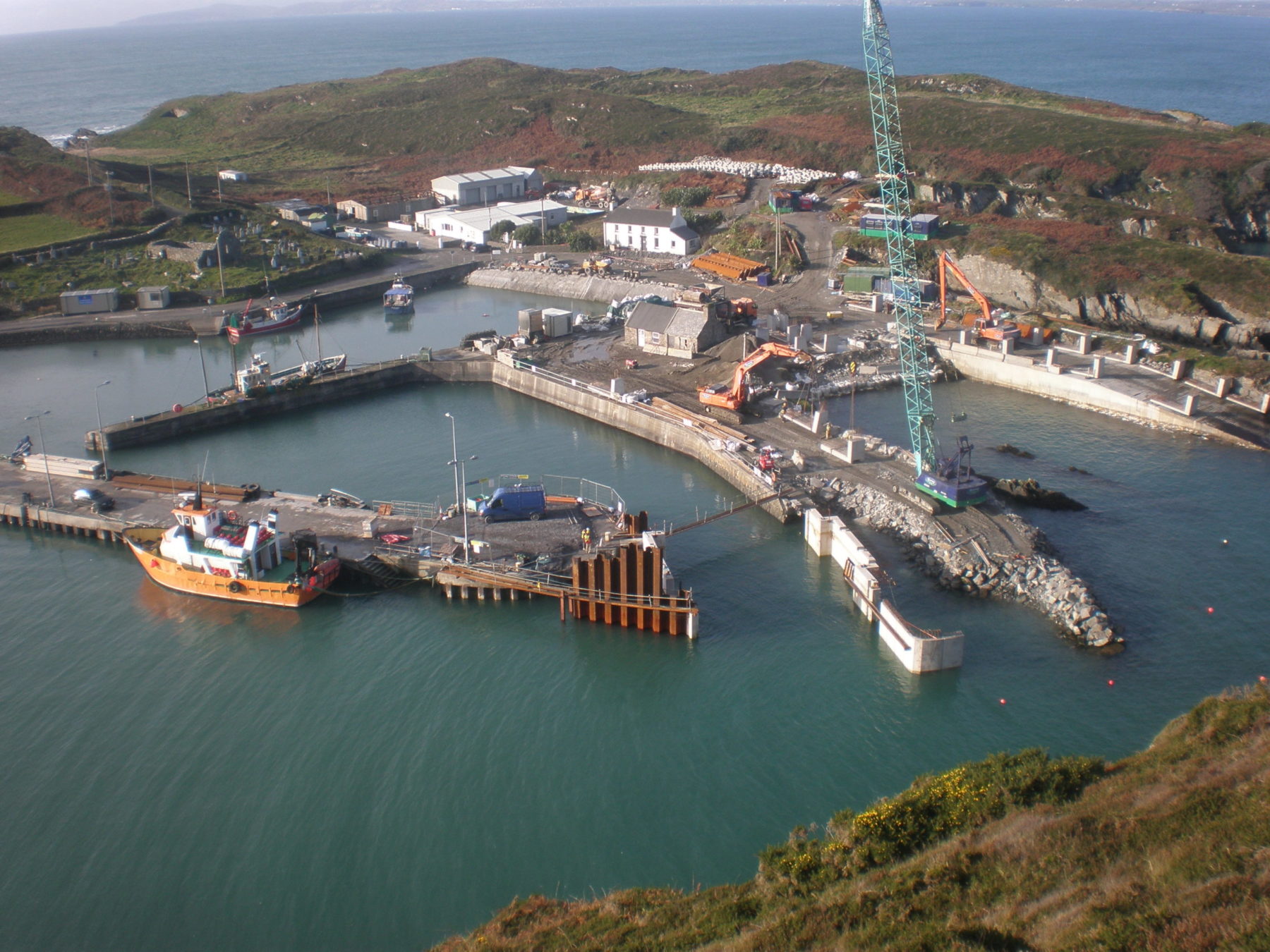Delivered Services
Civil Engineering, Electrical Engineering, Marine Engineering, Mechanical Engineering, Project Management, Structural Engineering, Environmental Services, Other Services
PROJECT DESCRIPTION
The existing Berth 51 Ro-Ro terminal was upgraded in advance of the deployment of the Stena Adventurer, with 3,400m of lane space. In addition, with a length of 211m is the longest ferry ever to ply this Irish Sea route. Simultaneously, a new berth was constructed to facilitate Fast Ferries. This project saw the creation of a new two-tier Ro-Ro ramp together with a new single-tier Ro-Ro ramp within the existing Berth 51. The project included:
- The construction of over 700m of anchored sheet pile walls to provide a minimum service life of 60 years
- Reclamation and paving of approximately 0.75 ha of water area;
- The installation of a new single deck hydraulically operated linkspan bridge;
- The installation of a new double deck hydraulically operated linkspan bridge;
- Dredging to the new berths and approach channel;
- The installation of quayside furniture to include fenders, bollards, storm moorings, ladders, lighting, etc.
- Malone O’Regan also prepared the requisite applications for planning permission, foreshore licence and dump at sea permit.
PROJECT COMPLEXITIES
Even in multipurpose terminals, designed for well-defined requirements in terms of cargo volumes, there is always a degree of uncertainty surrounding ships and their future design as well as the port’s business characteristics. To this end, the new quay wall facilities had to be designed with huge flexibility to accommodate a wide range of ships, some of which carry strong thrusters that could lead to erosion of the floor of the berthing channel. This design requirement is even further complicated in river berths that are tidal. The new berths were constructed on a very constrained site adjacent to fully operational Ro-Ro and Lo-Lo facilities that use the same approach channel. It was necessary to develop a clear understanding of the structure supporting the existing No. 5 Ramp and ensure that it was not compromised by the new structures. Ground anchors were used to minimise any geotechnical interactions. Temporary mooring piles were installed to facilitate the continued operation of the existing Ro-Ro berth during construction.


